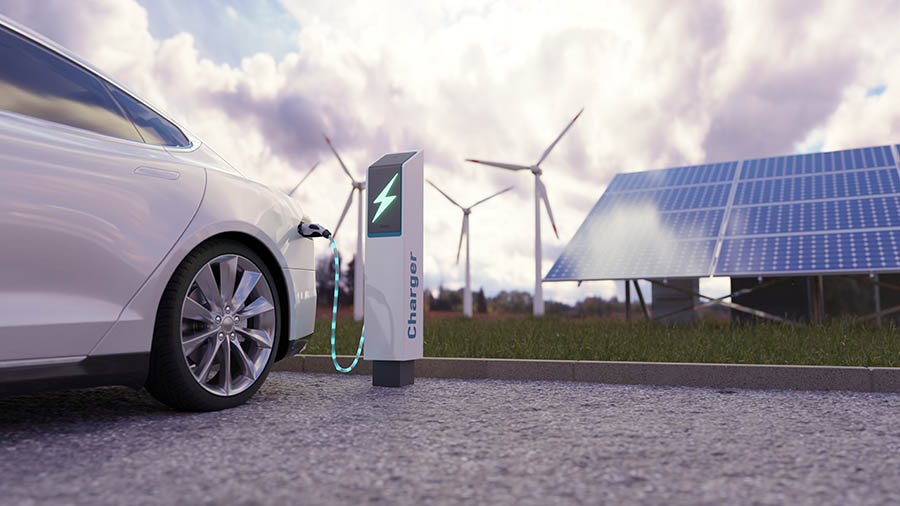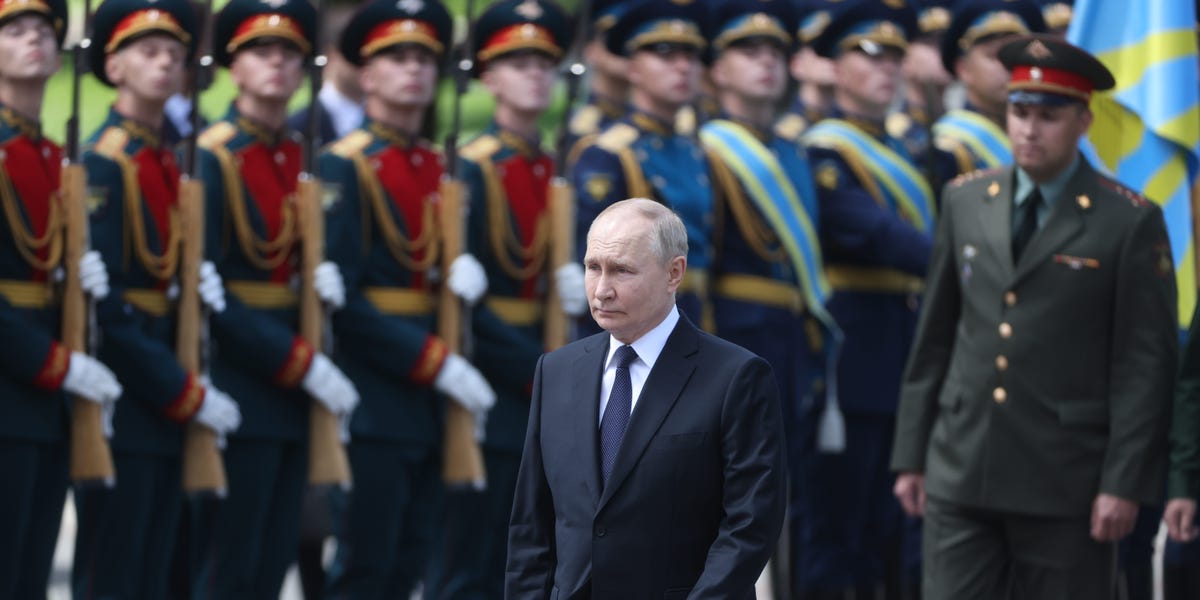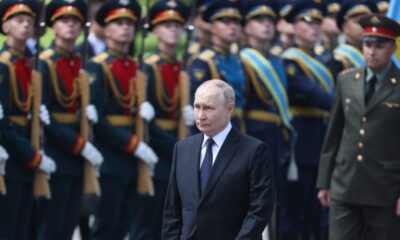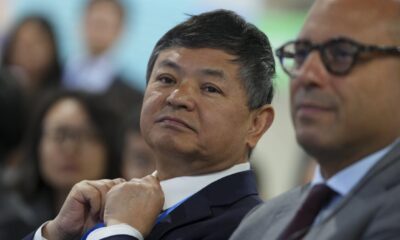China
Unleashing China’s V2G Potential: Navigating Opportunities and Challenges in the Emerging Market

V2G technology is vital for sustainable energy in China, addressing the rising demand for charging infrastructure due to new energy vehicles. It allows bi-directional energy flow, promotes renewable energy, and offers economic benefits, while facing development challenges and regulatory support for wider implementation.
V2G technology has emerged as a critical innovation in the global transition toward sustainable energy systems. In China, the rapid growth in the number of new energy vehicles (NEVs) is increasing demand for charging infrastructure, placing significant pressure on local power grids. By enabling bi-directional energy flow between electric vehicles and the power grid, V2G offers a new solution for balancing power supply and demand, promoting renewable energy development, and providing economic benefits to EV owners. V2G technology holds significant development prospects and market potential.
In this article, we navigate the policy environment for V2G’s development in China, opportunities for investors, as well as potential challenges.
This means EVs can both draw power from the grid for charging and feed excess power back into the grid, facilitating energy interconnection. This technology transforms EVs into mobile power sources with storage and dispatch capabilities, enhancing the flexibility and sustainability of the energy system. The implementation of V2G technology involves charging infrastructure and grid technology on the grid side, and vehicle battery technology on the user side.
The bi-directional flow of energy between EVs and the grid is important because of the following factors:
V2G technology is currently in the demonstration application stage. In China, pilot V2G charging stations have been established in multiple cities, with commercial operations being explored. Several car manufacturers are also actively investigating V2G technology.
In January 2024, the NDRC issued the Implementation Opinions on Strengthening the Integration and Interaction Between New Energy Vehicles and the Power Grid, proposing the V2G concept and urging the development of information technology platforms and regulatory policies to support its widespread implementation. The NDRC emphasized the need for an initial framework, focusing on institutions such as businesses, government offices, car rental services, school buses, and public transportation. This phased approach aims to demonstrate V2G’s potential to the public by integrating it into sectors with high energy demands.
| This article was first published by China Briefing , which is produced by Dezan Shira & Associates. The firm assists foreign investors throughout Asia from offices across the world, including in in China, Hong Kong, Vietnam, Singapore, and India . Readers may write to info@dezshira.com for more support. |
Read the rest of the original article.
Business
Russia’s Booming Economy is Straining a Vital Trading Route with China

Russia’s railway industry is experiencing a significant downturn, with a nearly 30% investment cut and a 5% freight volume decline, complicating trade with China amidst the economic impacts of the Ukraine war.
Downward Trend in Russia’s Railway Industry
Russia’s railway industry is currently experiencing a significant downturn, largely due to the impacts of the ongoing conflict in Ukraine. According to MMI Research, this sector is facing its biggest slowdown since the Great Financial Crisis, with freight volumes dropping by 5% in the first 11 months of 2024. The war-driven economy has hindered trade, particularly with China, which heavily relies on rail transport.
Investment Cuts and Economic Consequences
Investment in Russia’s railways is set to decrease by almost 30% next year, dropping to 890 billion rubles (approximately $8.5 billion). This reduction is attributed to high interest rates, currently at a record 21%, which further complicate financing options. The state-owned Russian Railways is reconsidering future investments, indicating potential cuts by another third through 2030.
Challenges Affecting Trade with China
The decline in rail capacity poses significant challenges for Russia’s trade with China. As Western sanctions push Russia to diversify its trade routes, rail transport has become increasingly vital for moving goods. However, supply bottlenecks, exacerbated by the need to transport war-related materials, threaten to disrupt this crucial trading relationship further.
Source : Russia’s overheated economy is squeezing one of Moscow’s key trading channels with China
Business
Democrat Claims Musk is Undermining Spending Bill Due to China Restrictions – The Hill

A Democrat claims Elon Musk influenced the reduction of a spending bill due to its restrictions on China, suggesting his actions impacted the legislation’s progress and funding allocation.
Allegations Against Musk
A prominent Democrat has accused Elon Musk of deliberately sabotaging a significant spending bill in response to China-related restrictions. This accusation comes amid ongoing tensions between the U.S. and China, particularly regarding technology and trade policies. The claims suggest that Musk’s influence is affecting critical legislative processes, raising concerns among lawmakers about foreign influence in American politics.
Implications for Legislation
The potential ramifications of Musk’s alleged actions could be significant. As a major player in the tech industry, his decisions can sway public opinion and impact the economy. Lawmakers fear that if influential figures like Musk oppose necessary legislation, it might hinder efforts to address vital issues such as national security and economic stability.
Political Reactions
The controversy has sparked debates among both Democrats and Republicans, highlighting the intersection of technology and politics. Many are demanding greater transparency and accountability from tech giants. As the situation unfolds, lawmakers may need to reassess their strategies to ensure that essential legislation moves forward uninterrupted.
Source : Democrat accuses Musk of tanking spending bill over China restrictions – The Hill
China
Dissolving a Company in China: A Comparison of General Deregistration and Simplified Deregistration

China promotes simplified deregistration to enhance its business environment, offering a faster process requiring fewer documents than general deregistration. Companies must meet eligibility criteria, resolve issues, and can choose procedures based on their situation, ensuring compliance for both options.
In addition to the general deregistration procedures, China has been promoting simplified deregistration as one of the key measures to enhance its business environment. This article highlights the differences between the general and simplified procedures, explains the eligibility criteria, and clarifies common misunderstandings about these processes.
Foreign investors may decide to close their business for multiple reasons. To legally wind up a business, investors must complete a series of procedures involving multiple government agencies, such as market regulatory bureaus, foreign exchange administrations, customs, tax authorities, banking regulators, and others. In this article, we outline the company deregistration process overseen by the local Administration for Market Regulation (AMR), comparing the general and simplified procedures.
Before 2016, companies could only deregister through the general procedure. However, on December 26, 2016, the Guidance on Fully Promoting the Reform of Simplified Company Deregistration Procedures was released. Effective March 1, 2017, simplified deregistration procedures were implemented nationwide. Since then, there have been two options: general procedures and simplified procedures.
Companies must follow the general deregistration process if any of the following conditions apply (hereinafter referred to as “existing issues”):
Companies not facing the above issues may choose either the general or simplified deregistration process.
In summary, simplified deregistration is a faster process and requires fewer documents compared to general deregistration. Companies that meet the criteria typically would typically opt for simplified deregistration. Those that do not meet the criteria may choose this route after resolving outstanding issues. For companies with unresolved issues but seeking urgent closure, they can first publish a deregistration announcement. Once the announcement period ends and all issues are addressed, they can proceed with general deregistration. Some companies may question the legitimacy and compliance of simplified deregistration. This is a misconception. “Simplified” does not mean non-compliant, just as “general” does not imply greater legitimacy. Both processes are lawful and compliant. The AMR provides these options to enable companies ready for closure to complete the process efficiently while granting those with unsolved issues the necessary time to address them after publishing the deregistration announcement. Companies can select the most suitable process based on their specific circumstances.
| This article was first published by China Briefing , which is produced by Dezan Shira & Associates. The firm assists foreign investors throughout Asia from offices across the world, including in in China, Hong Kong, Vietnam, Singapore, and India . Readers may write to info@dezshira.com for more support. |
Read the rest of the original article.











